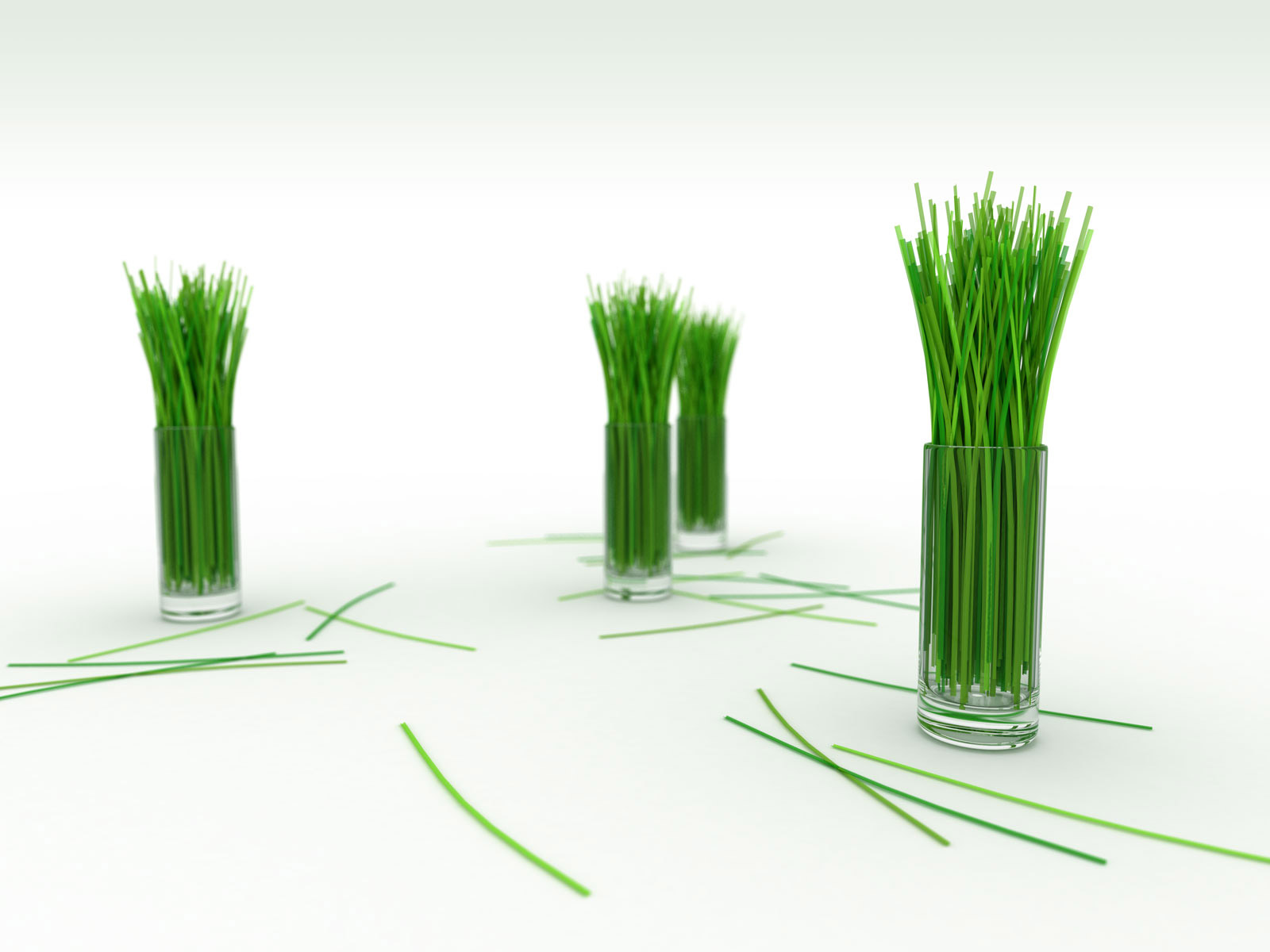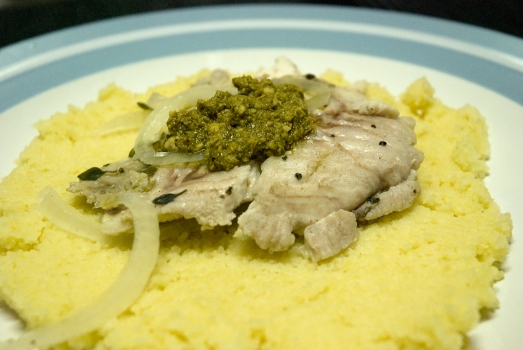I literally conjured up this recipe in my head whilst showering this evening before i enter my kitchen to cook for dinner. I had two slices of cod thawing but no idea how to cook it. Then i had a revelation of combining the element of salty from the fish and sweetness from the accompanying sauce and hey presto! It worked and my missus loved it.
Serves 2
2 pieces of cod fillet
a stick of salted butter
half a lemon, to squeeze for juice
¼ cup of breadcrumbs (or use cracker, smashed until bits)
olive oil
for the sweet creamy sauce
one onion, finely chopped
a stick of unsalted butter
a cup of cooking/single cream
Preheat oven to 200°C. To prepare the fish, melt the salted butter. Once melted, remove from heat and stir in the breadcrumbs until all coated with the melted butter. Finally squeeze the lemon to get the juice out. Prepare a baking dish, drizzle some olive oil on the surface. Place the cod side by side, top-off with the combination of butter-breadcrumbs. Bake inside oven.
Heat a small skillet or sauce-pan. Lug in some olive oil and add in the onion. Carefully under low-heat you want to caramelize the onion without browning it. The caramelized onion is the one that will give the sweetness of the onion. Once caramelized, melt in the unsalted butter. The reason for the unsalted butter is because i do not want the saltiness of the salted butter to overpower the sweetness of the onion but if you have no choice, add in a teaspoon of sugar to help to get it sweet. Once the butter is melted, add in the cooking cream and let reduce until the sauce is thick.
Spoon out the sauce onto a plate and serve the cod on top of it. Optionally add some greens onto the plate as i have done on the pics.






